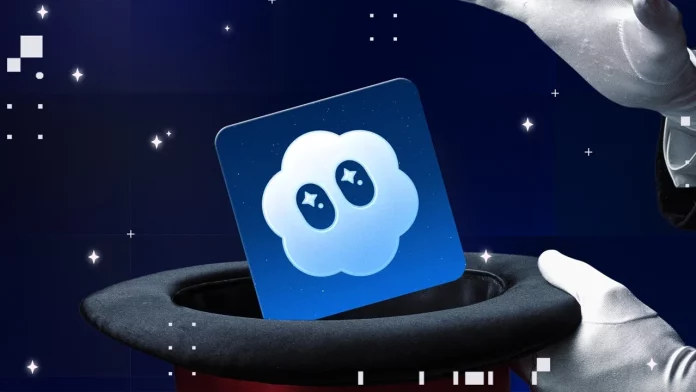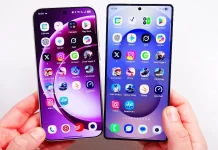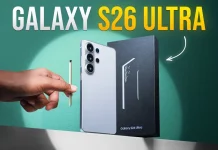How to Get the Best Results from OpenAI’s Sora 2 AI Video Generator
I’ve been testing OpenAI’s upgraded AI video generator, Sora 2, and after extensive experiments, I’ve figured out how to consistently get great results.
Sora 2’s video quality can rival Google Gemini’s Veo 3—if you know how to unlock its full potential. After comparing both models and troubleshooting hundreds of clips, I’ve identified six practical ways to minimize distortion, glitches, and rendering errors in your AI-generated videos.
What Is Sora, and Where Can You Use It?
Sora isn’t just OpenAI’s AI video generation model—it’s also a TikTok-style platform where you scroll through an endless feed of short, AI-created vertical clips. Each video lasts about 10 seconds.
The Sora app is currently available on iOS and the web. Access to Sora 2, the latest version, is limited to invitation-only users for now, but OpenAI plans to roll it into the broader ChatGPT ecosystem soon.
1. Be Detailed and Specific
Your prompt is everything. The more descriptive you are, the better your results will be. Anything left vague gives the AI room to guess—and it often guesses wrong.
Instead of typing “cute cat video,” try:
“A small brown cat playing with its stuffed squirrel toy inside the living room of a cozy suburban house.”
Failing to describe the background could place your subject in a blank or distorted environment. Every missing detail increases the chances of odd visuals, so spell out everything from camera angle to lighting.
2. Regenerate Until It Feels Right
Generating videos with AI is like cooking—you might not nail it on the first try, even with a good recipe.
If your first render looks off, simply regenerate. Change up the phrasing slightly or emphasize certain details. Each generation can produce a noticeably different output, and persistence often turns a good idea into the perfect video.
3. Remember Sora’s 10-Second Limit
Sora 2 videos are capped at 10 seconds. That’s short, so focus narrowly on one idea or moment.
If you try stitching several clips together later, even subtle inconsistencies in lighting, motion, or perspective will stand out. Keep your concepts short and self-contained for cleaner results.
4. Minimize Text
AI video models still struggle with rendering text consistently. If your scene includes readable writing—like a book or sign—it may appear blurred or garbled.
Short, static phrases work best. For cleaner visuals, focus your prompt on the action or atmosphere rather than requiring detailed text elements.
5. Use Cameos Responsibly
Sora’s “Cameos” feature lets you create videos using real people—you can record yourself or others and generate content featuring them.
To include someone’s Cameo, just mention their username with an @ in your prompt. But remember: the owner of a Cameo can see every video you make featuring them, even before it goes public. Don’t risk embarrassment or privacy issues—be respectful when experimenting.
6. Share Drafts Without Publishing
Officially, Sora only lets you download published videos. But if you’re using it on the web, there’s a workaround.
In Chrome, open your draft, right-click the video, choose Inspect, and expand the highlighted element. You’ll find a direct link to the video file, which you can open in a new tab and save manually—no publishing required.
Have Fun While It’s Free
Right now, Sora 2 offers generous free usage during its post-launch period—so explore, create, and enjoy it while you can. Treat it as a creative playground, not a tool for misinformation or trolling.
As OpenAI inevitably adds usage limits or paywalls tied to ChatGPT premium plans, this is the perfect time to experiment freely and discover just how powerful Sora 2 can be.





